Apparently I’ve Been Slicing Watermelon Wrong For My Entire Life! I’m So Glad I Learned THIS
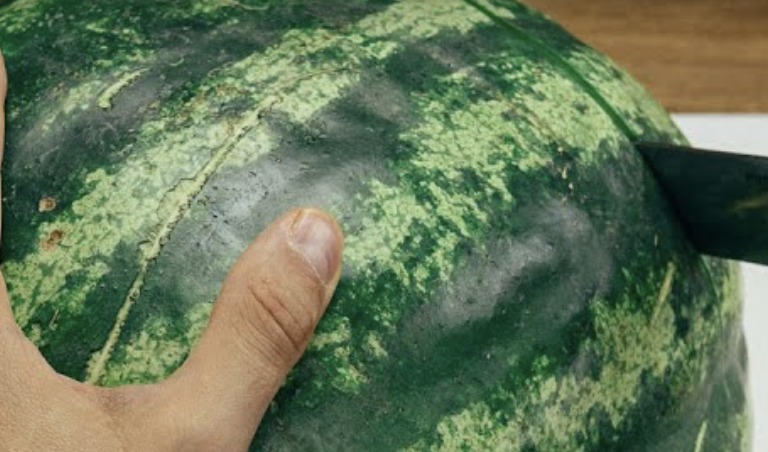
image via – youtube.com
Summer is around the corner, and with it most everyone’s favorite fruit, WATERMELON. Delicious as it is, there is a really annoying downside to the ‘BIG W’…it is messy in every way possible. I often beg my husband not to buy whole watermelons (which he inevitably does anyway), because of how hard it is to cut and store.
Another problem with the cutting of this unwieldy fruit, is that so much seems to be wasted and uneaten, given the difficulty in cutting it. So, when I came across the video you are about to watch below, that claimed to offer an innovative solution to all the inherent problems of slicing this large fruit, I was intrigued.
In less than two minutes, all of you watermelon lovers out there, will have a life-changing moment. It’s the kind of solution that I would never have come up with on my own, but am grateful to have learned. His cutting technique has several steps in slicing, each one making the pieces incrementally smaller, until the grand finale.
You, your family and guests will be served holdable slices of watermelon, without slobbering all over the place, which makes this summer ritual all the more enjoyable. An extra bonus is that this cutting technique leaves you with almost no clean-up!
Watch the video tutorial below and enjoy! 🙂
Please SHARE This Technique With Family and Friends
The Easiest Way To Get Rid Of Mosquitoes. This Simple Trick Will Save You This Year!
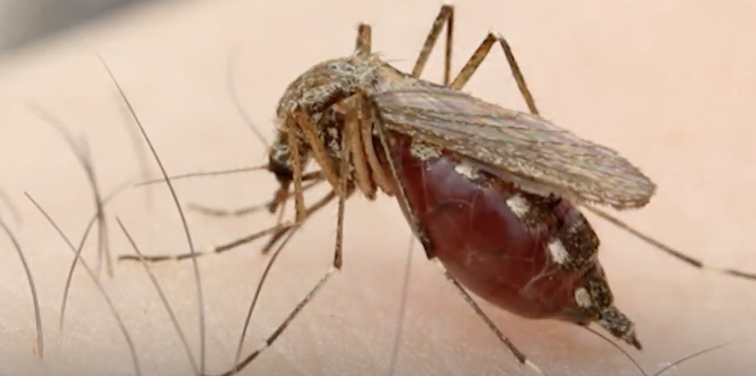
For people (and animals!) who live in areas where they are active, mosquitoes can become almost unbearable. But only the female mosquitoes bite – they are what are called ectoparasites, which means they are parasites that live on the outside of their host. They use their exposed, elongated mouth part, called a proboscis, to suck the blood from a host like a syringe.
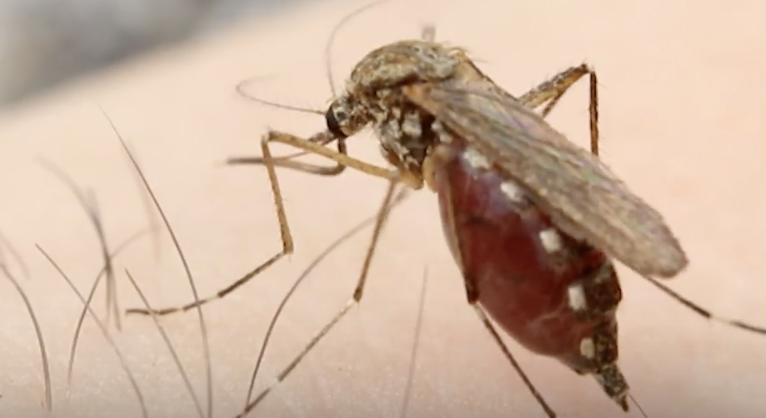
The loss of blood is minuscule and has little effect on the host, but the saliva of the mosquito irritates the skin and can leave the bitten area itching for days. Worse yet, mosquitoes act as vectors for disease, meaning they pick up the disease from one host and carry it to the next. The most common and dangerous mosquito-borne illnesses include malaria, yellow fever and west nile virus.
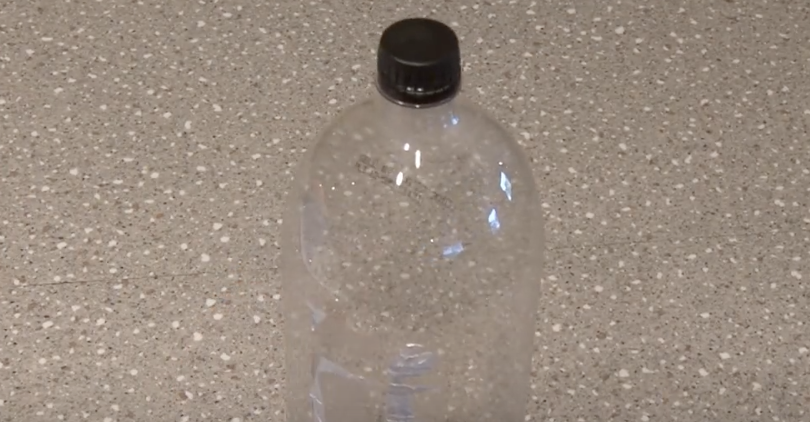
Mosquitoes go through various stages in their life cycle: egg, larva, pupa and adult. It takes approximately 40 days for the insect to go from egg to adult. Once they reach the adult stage, the males live about 5-7 days, while the females can live for 1-2 weeks.
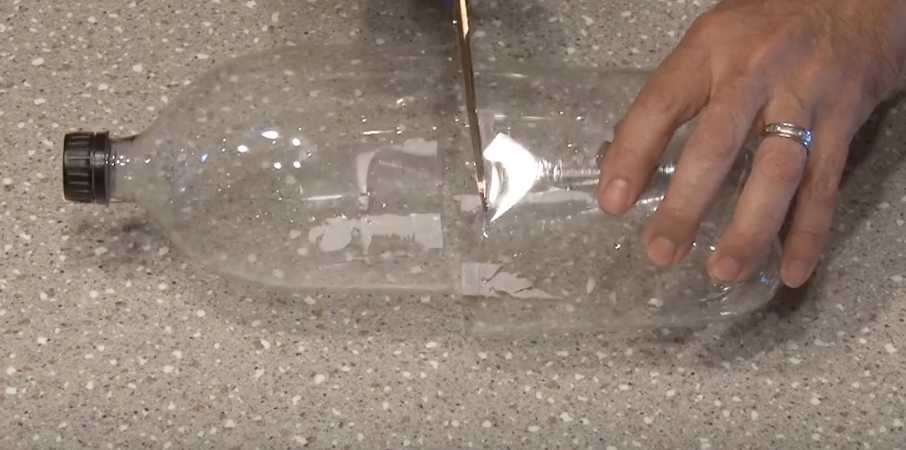
During their adult life, the females seek a host in order to get that sweet, tasty blood. Once they have achieved their goal, it takes them a day or two for digestion and growth of eggs, which they lay in stagnant water. They then seek another host and repeat.
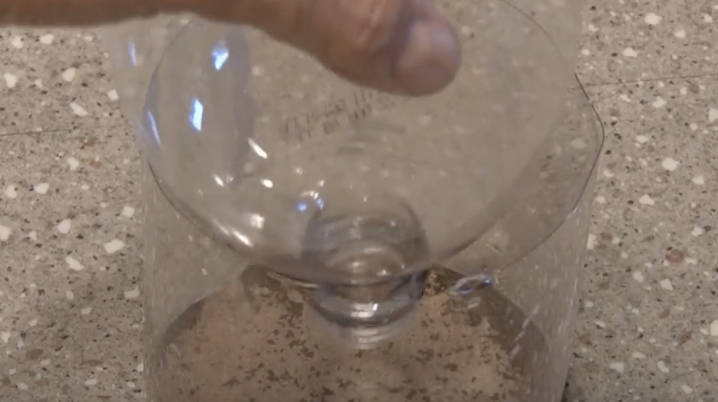
Now that you know more than you ever wanted to know about mosquitoes, watch the video to find out how to trap them in order to avoid the negative impact their day to day lives have on ours! How well did the trap work for you? Any hints or modifications that you found were especially helpful? Tell us in the comments.
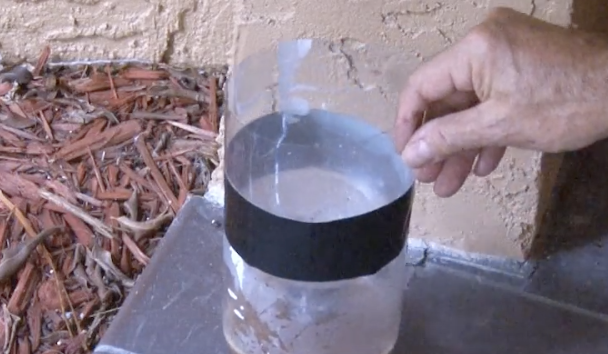
Please Share This Mosquito Trick With Your Friends and Family
Stop This From Happening To Your Dog’s Paws This Spring and Summer Using This 5 Second Trick!

I’m sure you’ve had the experience of walking out your front door barefoot on flagstone or blacktop on a warm day, and your feet feeling a burning sensation within seconds. The air can feel quite comfortable, in the high 70’s to 80 degrees Fahrenheit, yet the sun-drenched pavement is scorching to the bottoms of our feet. We run inside to get sandals or flip-flops before walking out on hot cement again!
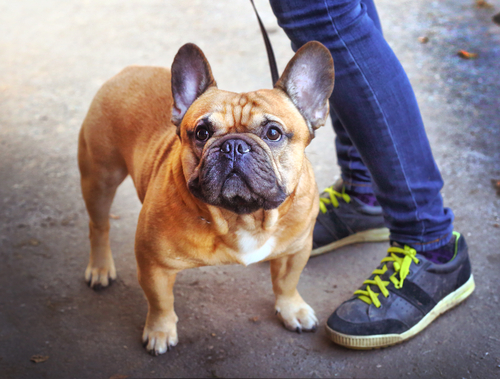
The pads of a dog’s paws offer some protection against the heat of pavement, but very often that natural protection is not enough. In the video you are about to watch below, the man uses an instrument to show us the actual heat of blacktop and even non-blacktop surfaces on a sunny day that is only 80 degrees outside. You will be shocked to see the difference in degrees between the air and the surfaces your dog’s paws will be forced to endure!
According to “Pet Sitters”, 120 degree Fahrenheit surfaces (common on an 85 degree day) will be painful for dogs, but won’t permanently damage their paws. However surfaces at 140 degrees will cause permanent damage within one minute, and at 150 degrees dog’s paws will immediately burn and blister! In warmer climates like Florida, such daily hot surfaces are to be expected, and can occur in summertime all around the country.

The thermometer carried by the man in the video to measure surface temperatures, isn’t something most people carry, so taking precautions suggested by “Moon Valley Canine Training” will help to ensure that your pup’s paws are protected.

They suggest placing the back of your hand on the pavement for 5 seconds; if that hurts then the surface is unsafe for your dog. “Dog shoes”, disposable dog booties or socks are available if you have to take them onto dangerously hot surfaces. Walking them in the morning, staying on grassy surfaces, and moisturizing your pup’s paws will also help.

Please SHARE This With Your Family and Friends
Mom Was Filling Up The Pool When Her Baby Got Splashed and Started Crying. The Reason Is Scary!
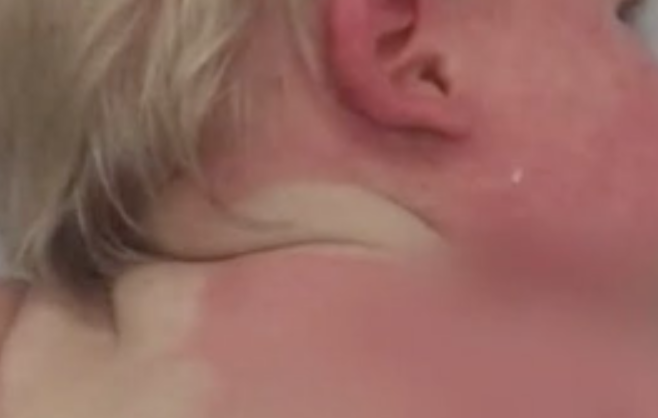
Summer officially starts on June 20th but much of the country has already experienced extremely high temperatures, especially in the Southwest region which is currently in the midst of a heat wave. Cities all across America will soon all be under the heat of a long summer,
When the thermostat is soaring people turn to all sorts of different things to beat the heat. They stay indoors and out of the sun, crank the air conditioning, drink lots and stay hydrated, and play in the water. Nothing cools you down faster like jumping in a pool can and floating around in the refreshing water is just about the most relaxing thing you can do on a super-hot day.
Residents in and around Phoenix, Arizona, aka the hottest city in America, know the simple joys a dip in the pool can bring. About a week ago Dominique Woodger, a mother who lives in San Tan Valley, Arizona, decided to set up a small kiddie pool for her 9 month old baby boy.
It was extremely hot outside and she thought her son would enjoy a nice cooling dip. She took him outside with her, grabbed the garden hose, and started to fill the pool up when she heard her son crying.
She told the local news station KNXV that at first “I thought he was crying because he was mad. He hates when he gets sprayed in the face.” However, after checking on her baby to see what was the matter she was shocked to find that his tiny body was covered with red, blistering skin. Realizing the seriousness of the situation she rushed him to the hospital where she later found out he’d suffered second-degree burns on over 30% of his body.
The water from the garden hose that Dominique accidentally sprayed on her son was what caused his burns. When a hose sits in the sun and the temperature is 115 degrees outside, close to what it was on the day Woodger’s son was injured, the water inside of it can reach temperatures as high as 150 degrees.
According to Phoenix Fire Department Captain Larry Subveri, it takes only about 10 seconds of exposure to waters at that temperature for a person to develop second-degree burns, and for a young infant, even less time.
Woodger is speaking out about what happened to her son in order to warn others about the hidden risk and to urge parents to be extra careful when turning the water on outside in the heat. Water trapped inside the hose can easily become super-heated and most people don’t stop to think about this, or even realize it, before it’s too late.
Test the water temperature first before letting any young children near it, and please pass this warning along to help spread the word. Stay safe!
Please SHARE This Story With Family and Friends
This Man Was Gardening In His Backyard 60 Minutes Later He Died. The Reason Is Scary!
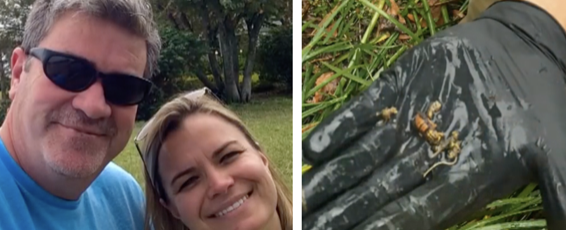
Not only was I shocked and saddened by the tragic story you are about to hear in the video below, but I found out something that I never knew. Where I live, yellow jackets appear in huge numbers in August, and I always complain that the “bees” are back. Apparently I, like many others, thought that yellow jackets are “bees”. They look and sting like “meat bees”, but they are actually WASPS!
This is very important to know, because we all love being outdoors during the summer..swimming, barbecuing, taking walks and gardening…but need to be aware and prepared. While bees are generally less aggressive, produce honey and are critical for balancing the eco-system, yellow jackets (wasps) are a different story.
The video tells the story of John who was gardening, and put his hand into a yellow jacket nest in the earth. Yellow jacket stings, as with all wasps, are very painful. I found out one day when I was cutting some flowers from my garden, and unknowingly disturbed a wasp nest. They attacked my face, and within one minute my lips blew up to 5 times their normal size.
Luckily I took 2 Benadryl and was okay after a few hours. John was not so lucky. It is unclear if he had ever been stung by yellow jackets before; he had several bites, lay down and asked his wife for an ice pack to sooth the pain and inflammation.
Within one hour he was dead! He had gone into anaphylactic shock, due to a severe allergic reaction. The truth is that you may have been bitten by wasps previously in life and never had an allergic reaction, but it is quite possible to develop such a severe allergy at any point in your life, and not know it until it is too late. His wife describes what happened and her terrible shock at losing her husband in an instant. The only thing that could have saved him, as his breathing became increasingly difficult, would have been EPINEPHRINE…having an EPI pen in their home.
Please SHARE John’s story with your family and friends; IT COULD SAVE A LIFE!
She Rubs Epsom Salt All Over Her Hair. But When She’s Done STUNNING!
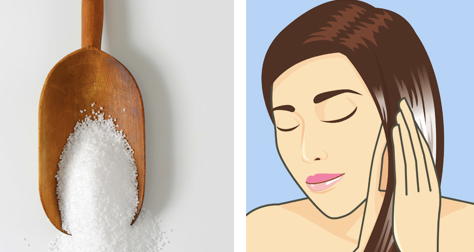
Summer hair is best worn loose and natural, you want a style that’s easy to manage and pull off. When the weather gets hot, cool beachy waves are the go-to look for many of us. Nothing looks as pretty and summery as beautiful wavy hair does. The style is perfect for every type of event or occasion you may find yourself at and it transitions seamlessly from day to night. With soft, tousled waves you’ll look great whether you’re at the beach or a fancy wedding!
While a lucky few were blessed with naturally wavy hair that doesn’t require any styling, the rest of us weren’t, and this simple beauty trick is for those who need the help! The key to attaining bouncy beautiful waves lies in a simple sea salt hair spray. Many stores and salons sell name brand versions of the basic spray, but why buy it at a drastically marked up premium when you can make it yourself at home for a fraction of the cost?
The girls in this AwesomenessTV video show you how to create your own sea salt hair spray that’s guaranteed to work because they tested it out as well on their hair model. You only need a spray bottle, hot water, hair gel, and Epsom salt, nothing more, nothing less. It’s essential that you use only Epsom salt for this and not pink Himalayan, Celtic, table, or any other type of salt, because they are not nearly as effective. Epsom salt will add body to the waves without building up or harming your scalp, so don’t skip it!
Check out the video for approximate measurements and the correct combinations, then try mixing up a bottle of it yourself at home. You can look and smell like you’ve spent the day at the beach even if you never left your couch!
Please SHARE This With Family and Friends 🙂




